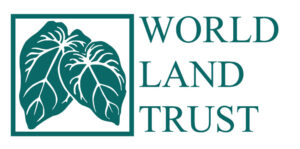One of the most important elephant landscapes of India is in Assam and Arunachal Pradesh supporting over 25% of the 27000 odd elephants currently present in India (MoEFCC 2017). However, the landscape is also dominated by enormous human populations which have resulted in degradation and fragmentation of the elephant habitats and escalated human-elephant conflict. One of the vital corridors in this landscape of the 18 corridors in Assam and Arunachal Pradesh is the D’ering-Dibru Saikowa Corridor connecting elephant populations of Pasighat and D’ering Wildlife Sanctuary in Arunachal Pradesh with Doomdooma Forest Division and Dibru Saikowa National Park, Assam supporting approx. 450-500 elephants.
Human settlements, biotic pressure and increased human elephant conflict in the corridor called for a need to secure this corridor on priority. WTI’s work is helping to secure this corridor with local community and State Forest Departments since 2019 by ‘Connecting Landscapes, Empowering People and Protecting Elephants’. This will involve setting aside critical part of corridor land as “Community Reserve” (CR), restoring degraded corridor habitats, sensitizing locals and garnering their support for wildlife conservation, providing green livelihood options to local communities, building capacity of and empowering the management authorities, managing Human-Elephant Conflict situations and deploying local community based organizations as Green Corridor Champions. The aim is to create a win-win situation for elephants, locals and administrative authorities in the landscape.
In its 3 years of functioning the project has achieved the following successes:
- Approximately 1200 hectares of community forest land committed for protection as Community Reserve
- Over 600 families from beneficiary villages benefitted from enhance livelihood activities
- 50 hectares of degraded forest lands restored in efforts to enhance ecological connectivity of the landscape
- Equipment support in form of sleeping bags, field bags etc provided to frontline staff of D’ering Wildlife Sanctuary and Dibru Saikhowa National Park
- Human elephant conflict (HEC) mitigation strategies implemented in the landscape by providing immediate relief to affected local communities, solar fence installation to reduce crop raiding and formation of local response teams for safe passage of elephants


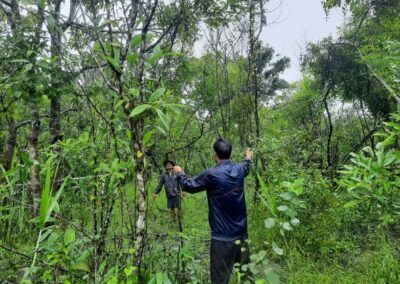
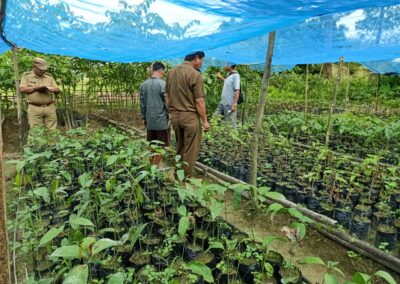
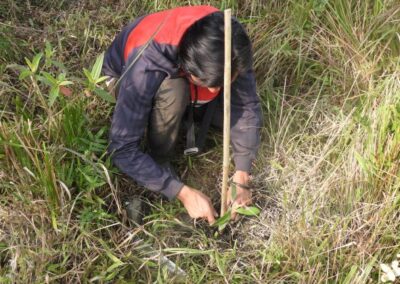
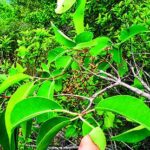
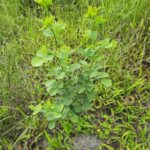

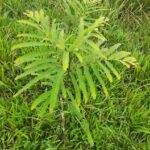
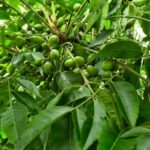
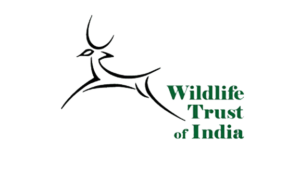 and
and 